At Innovations Medical in Dallas, we specialize in advanced cosmetic surgery procedures, including Awake Liposuction, Awake Tummy Tuck, Fat Transfer, and Brazilian Butt Lift (BBL). Our commitment is to help you achieve your aesthetic aspirations with safety and precision.
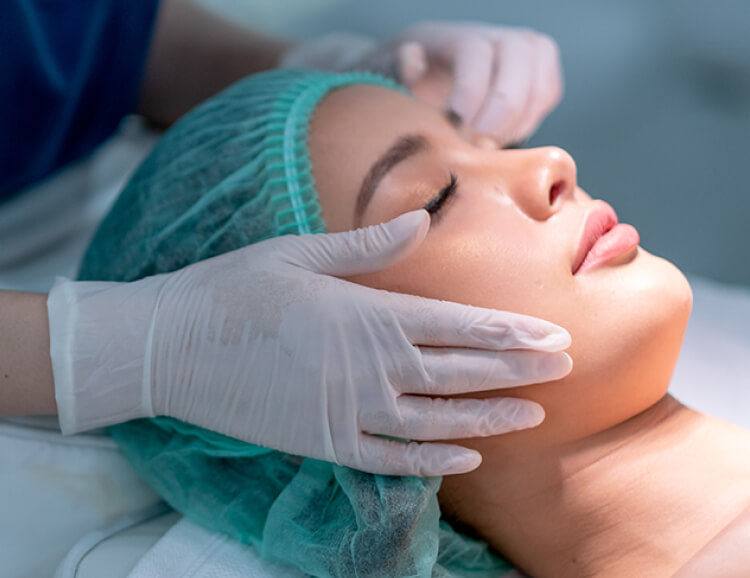
Liposuction is a highly effective procedure for removing stubborn fat deposits that resist diet and exercise. Our advanced liposuction techniques include Tickle/Vibro Lipo, SmartLipo, Awake Tummy Tuck, Male Breast Reduction, Drive-thru Tumescent, Liposonix, and Large Volume Liposuction. Each method is designed to target specific areas and provide optimal results with minimal downtime.
Fat transfer procedures involve taking fat from one part of your body and transferring it to another area to enhance volume and shape. This natural method is used for breast augmentation and Brazilian Butt Lifts, offering a safe alternative to implants. Our fat transfer options include Enhanced Breast Augmentation, Enhanced Brazilian Butt Lift (BBL), Natural Breast Augmentation, Buttock Thread Lift, and 3D BBL. Customized facial fat transfer can offer long lasting alternatives to cosmetic fillers like Restylane or Juvederm. Facail fat transfer can also offer an alternative of enhancement to face lifts.
The Mommy Makeover is a comprehensive package designed to help women restore their pre-pregnancy bodies. This customizable procedure often includes liposuction, tummy tuck, and breast lift, tailored to meet your individual needs. Ideal candidates are mothers looking to regain their shape and confidence after childbirth.
Cellulite affects many women and can be challenging to eliminate. Our cellulite reduction treatments, including Thermage Cellulite Treatment, Acoustic Wave Therapy, and SmoothShapes, provide significant improvement in the appearance of cellulite. These procedures target the underlying causes of cellulite to smooth and tighten the skin.
Aging gracefully is achievable with our range of anti-aging treatments. We offer popular procedures such as Botox, fillers, laser treatments, and more. These treatments help reduce wrinkles, age spots, and stretch marks, enhancing your natural beauty and rejuvenating your appearance.
Our skin tightening procedures use advanced technology to firm and tone loose skin. Non-surgical options include Legend Progressive Skin Tightening, SmartXide DOT, Thermage Skin Tightening, Fraxel Restore and Dual, and Clear+Brilliant. These treatments improve skin texture and provide a youthful appearance with minimal downtime.

Smart Breast Reduction & Lift using SmartLipo is a minimally invasive procedure that provides an alternative to traditional breast surgery. This technique offers minimal scarring and a mild recovery, making it an excellent option for those seeking breast lift, reduction, or both.

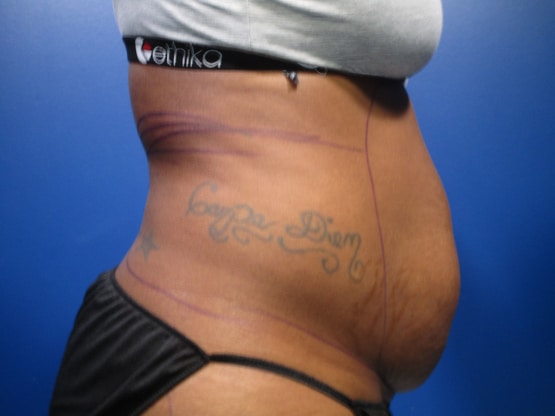
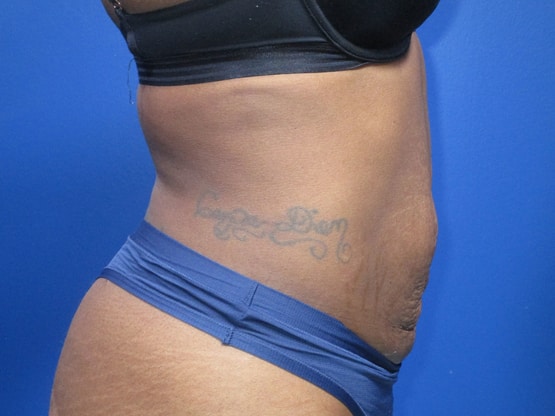
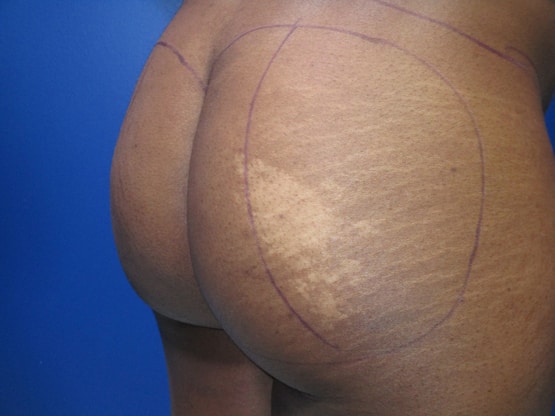
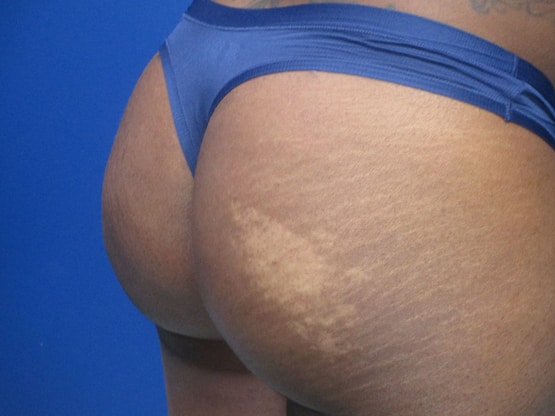
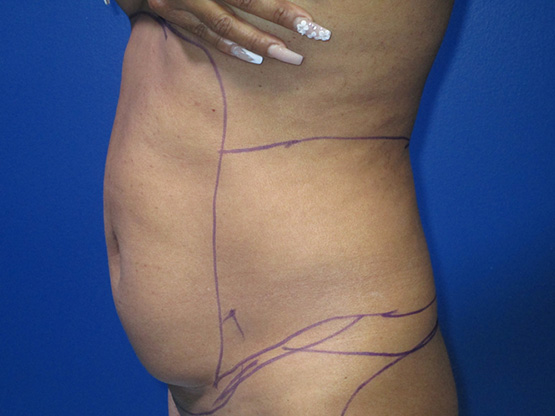
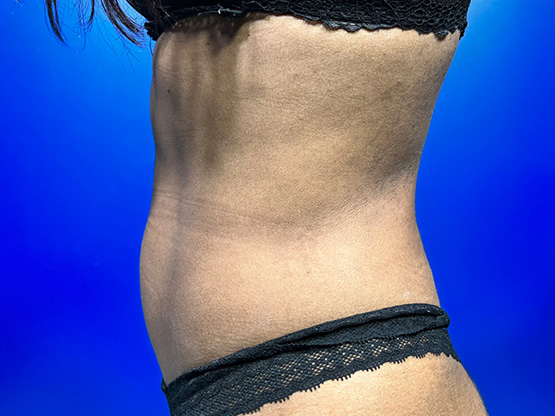
Innovations Medical stands out due to our use of cutting-edge technology, personalized treatment plans, and a team of highly skilled professionals led by Dr. Bill Johnson. We prioritize patient safety, comfort, and satisfaction, ensuring that each individual receives the best possible care.
At Innovations Medical, we specialize in a wide range of cosmetic surgery procedures in Dallas, with a focus on safety, natural results, and minimal downtime. Unlike traditional surgery centers, our procedures are performed in-office using local anesthesia — allowing you to stay awake and avoid the risks of general anesthesia.
Every patient receives a customized treatment plan tailored to their goals and body type. During your consultation, we’ll measure your target areas, review your medical history, and recommend the best options for you. Whether you’re considering liposuction, a tummy tuck, or fat transfer, we’re committed to delivering a smooth experience and a stunning outcome.
Our results are long-lasting, and most patients are back to light activity within days — not weeks. The use of local anesthesia not only speeds up recovery but also gives patients more confidence and comfort during surgery.
We regularly welcome patients from all across Texas and the U.S. If you’re traveling in for your procedure, we offer complimentary hotel accommodations near our Dallas clinic. Our team will help coordinate the logistics, so you can focus on your transformation.
We’re located just off I-635 near Coit Rd., with easy access to Dallas Love Field and DFW International airports.
.
With over 6,000 procedures performed, we are proud to be a leader in awake body contouring and fat transfer. Dr. Bill Johnson was the first in North Texas to offer Smartlipo, and Innovations Medical was the first clinic in the U.S. to offer vibration-based liposuction. We’ve been featured on national TV shows like The Doctors and Good Morning Texas — and we continue to set the standard in cosmetic surgery innovation.
12660 Coit Road, #100 Dallas, TX 75251
©&TM 2024 Innovations Medical | All Rights Reserved | Privacy Policy | Terms & Conditions | Cookie Policy